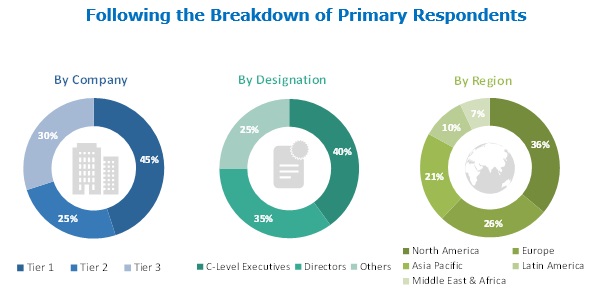The global lateral flow assay market is projected to reach USD 8.7 billion by 2023 from USD 6.0 billion in 2018, at a CAGR of 7.7%.
Factors such as the high prevalence of infectious diseases worldwide, rapidly growing geriatric population, growing demand for point-of-care testing, and rising use of home-based lateral flow assay devices are expected to drive growth in the lateral flow assay market in the coming years.
Download FREE Brochure @ https://www.marketsandmarkets.com/pdfdownloadNew.asp?id=167205133
Moreover, the growing applications of lateral flow assay in clinical diagnostics, increasing applications of lateral flow point-of-need assays, and rising demand of lateral flow assays in the food & beverage industry are expected to unfold opportunities for players in the market.
The lateral flow readers segment is expected to grow at the highest CAGR during the forecast period. The high growth in this segment is attributed to the growing awareness about digital/mobile readers, technological advancements, and higher accuracy offered by these readers. Moreover, with advancements in technology and increasing diagnostic research, companies are focusing on manufacturing low-cost instruments and integrating testing applications into mobile devices. This ensures easy access and further analysis of test results by healthcare professionals.
Based on application, the LFA market is segmented into clinical testing, veterinary diagnostics, food safety & environmental testing, and drug development & quality control. The food safety and environmental testing segment is expected to grow at the highest CAGR during the forecast period. The high growth of this segment is driven by the shifting of the food & beverage industry from lab-based conventional microbiology techniques to rapid LFA tests. Moreover, the demand for rapid POC testing is growing among food companies to ensure that products can be released into the market as quickly as possible. Furthermore, lateral flow assays are also finding wide applications in environmental testing due to their ability to handle a wide variety of samples and perform many sample-handling tasks, such as filtration, concentration, and removal of cross-reactive elements.

Based on technique, the lateral flow assay market is segmented into sandwich assays, competitive assays, and multiplex detection assays. The multiplex detection assays technique is expected to grow at the highest CAGR during the forecast period. The high growth of this segment can be attributed to the advantages over other techniques, such as consumption of test reagents, the requirement of lesser sample volume, and better sensitivity to analytes. Multiplex detection assays also provide clinicians with insights into the identification and assessment of disease progression.
Geographically, the lateral flow assay market in the Asia-Pacific (APAC) region is expected to register the highest CAGR during the forecast period. This region is expected to grow at the highest pace during the forecast period, primarily due to the rapidly developing healthcare industry in China and India, growth in aging population, rising life expectancy, rising per capita income, increasing investments in the region by key market players, the expansion of private-sector hospitals & clinics to rural areas, the availability of low-cost labor for manufacturing, presence of a favorable regulatory environment, and growing demand for home and POC testing.
